When most of us hear the phrase “photo editing” we generally think of editing a photo to enhance it in some way using computer software. Although that is usually a big component of post-production, the “photo editing” process should always start with photo selection. When photo editors edit photos, what they are usually doing is selecting images that they feel will work for a particular use. Most of us end up being our own photo editors, so we should be familiar and learn how to select our best images. The photo editing selection process should be one of the most important parts of your post-production, but is often not given enough emphasis.
So how do I select my best images? Well I think it takes practice and some knowledge of what an audience will respond to. Of course certain images will do better depending on their medium and audience which is why photo editors have the job they do – they make this call. There are however other general qualities we can find in “better” images without considering the audience.
Below are some examples that explain why a particular photo was selected over others. I think this is a good exercise to do so we can start to be more critical of our images. Details in a photograph matter and can change the entire meaning of an image. When we start spending time learning how to select images we become more aware of the small details that are so important. We also start to get familiar with stronger compositions and the use of light. Likewise, we start shooting better and begin to share only our strongest images.
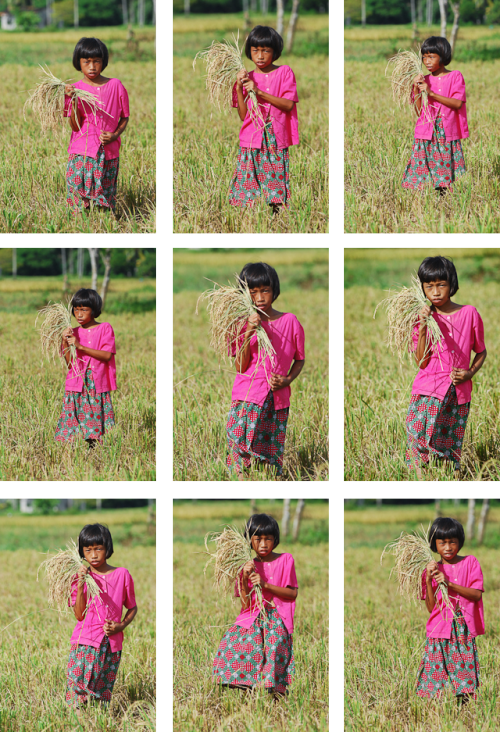
This is a good series to show how small subtleties can make for a stronger image. The first thing I noticed when looking at these images was that I liked the ones with the girl holding her shirt the best. It seems that in these images she is more relaxed and I like her stance much better. I was also able to zoom in during these particular gestures which I think helps isolate the girl a little more (I think isolating the girl in this particular image works because we already know she is in a rice field). I decided on the right image in the middle row. The girl seems most relaxed in this particular image and you can see more of her face. Additionally, although a small detail, the rice stalks in the chosen image look better to my eye. If you look closely at the other images you will notice one rice stalk shooting off into the left of the picture. To me this “out of place” rice stalk adds a small distraction that takes away from the girl.
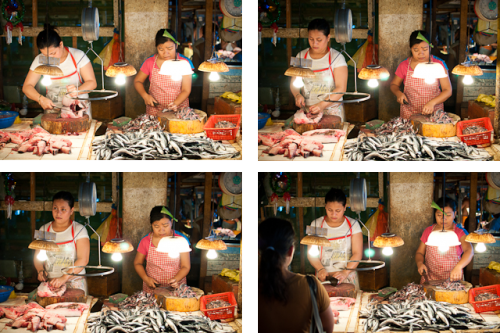
In the above series, I selected the bottom left image. The women looking up at a customer gave this image an extra component the others were lacking. I feel being able to see her eyes helps the viewer connect better with the photo, in addition to providing a deeper storytelling element (showing her engaging with a customer).

Here are two photos that are similar yet very different. These photos were taken within 5 minutes of each other but tell completely different stories. They could both potentially be used depending on the purpose, however, I find the second photo to be more engaging. There is more emotion shown in the second image because the man is carrying the vegetables and his helpers are on the side. It makes me want to know more about the situation and what they are doing. Because of the storytelling component of the second image I believe it is the stronger one.
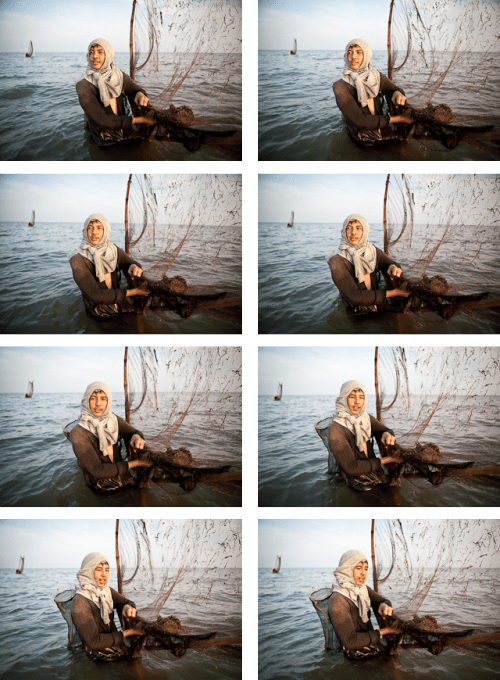
In this series, I was looking for a natural expression of the shrimp fisherman. I didn't want a photo of him looking straight at the camera, but I wanted to be able to see his face. I felt the best way to do this was to ask him if he could look in the other direction away from what he was doing. I knew I may get some awkward shots of him looking away, but I was only after one frame that captured a heartfelt expression. To me there is only one that captured this expression, the left image on the third row.
Tools for helping you select images: There are many software programs that can help you organize and make the selection process easier. Here are a few of the more common ones I find useful.
Photo Mechanic – Photo Mechanic is a great tool to view your images with speed before importing them into Lightroom or Aperture. It allows you to quickly compare multiple images and select the best ones from a sequence. The speed at which you can view and select your high resolution images is one of the best attributes of this software.
Adobe Lightroom – Lightroom is a great all-around program for organizing, selecting, developing and exporting your photos. You can use the Library module to select your best images using tools called Compare View or Survey View. Although these can be useful for selecting your best images, I often just use the Thumbnail View and select from there. Lightroom can sometimes be slow when dealing with a large amount of pictures and therefore I recommend using Photo Mechanic or Bridge for your initial selection process.
Adobe Bridge – Bridge is a another great way to view images, especially if you plan to edit your photos directly in Photoshop or prefer to use Camera Raw for your raw conversions. I also find Bridge to be much faster than Lightroom providing a better way to view images when all I need to do is make selections or look at metadata.
Jacob Maentz is a freelance travel, culture and documentary photographer currently based in the Philippines. You can visit his website here, read his articles on his blog, follow him on Facebook or Twitter.

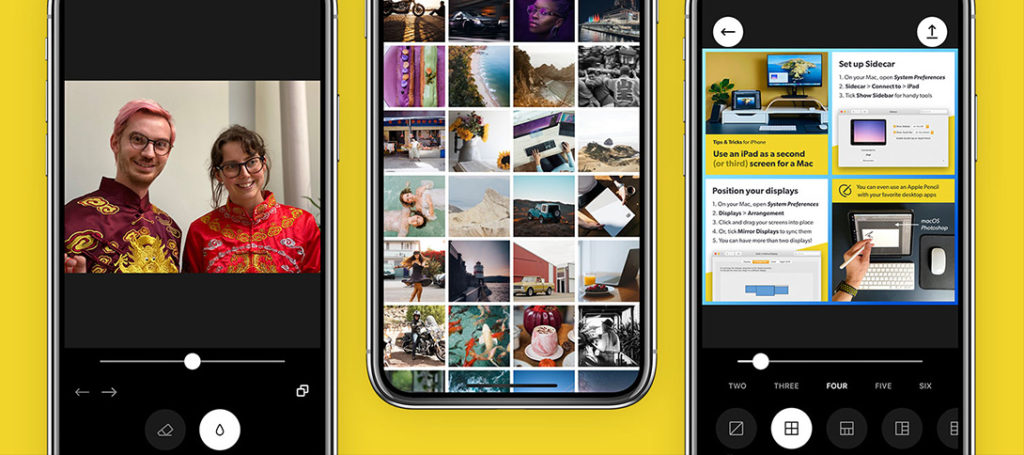
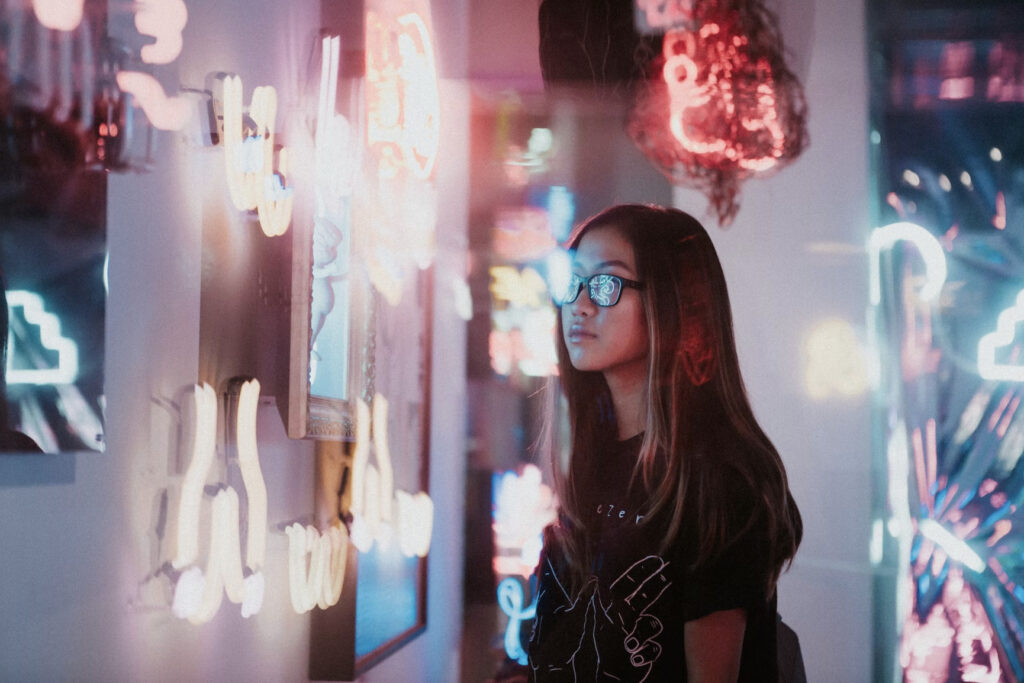
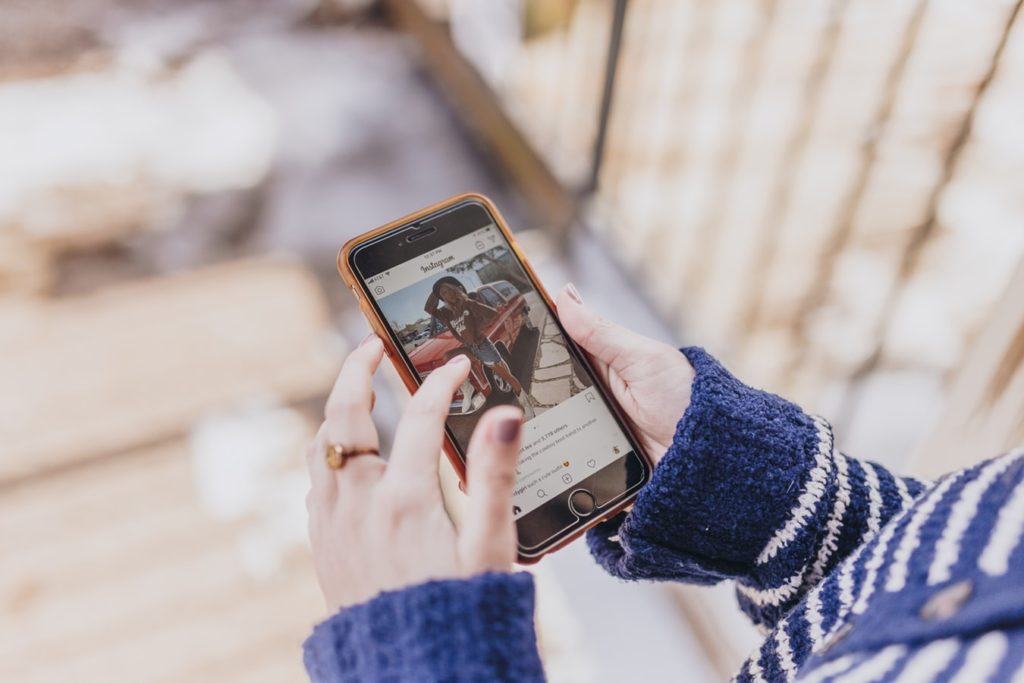
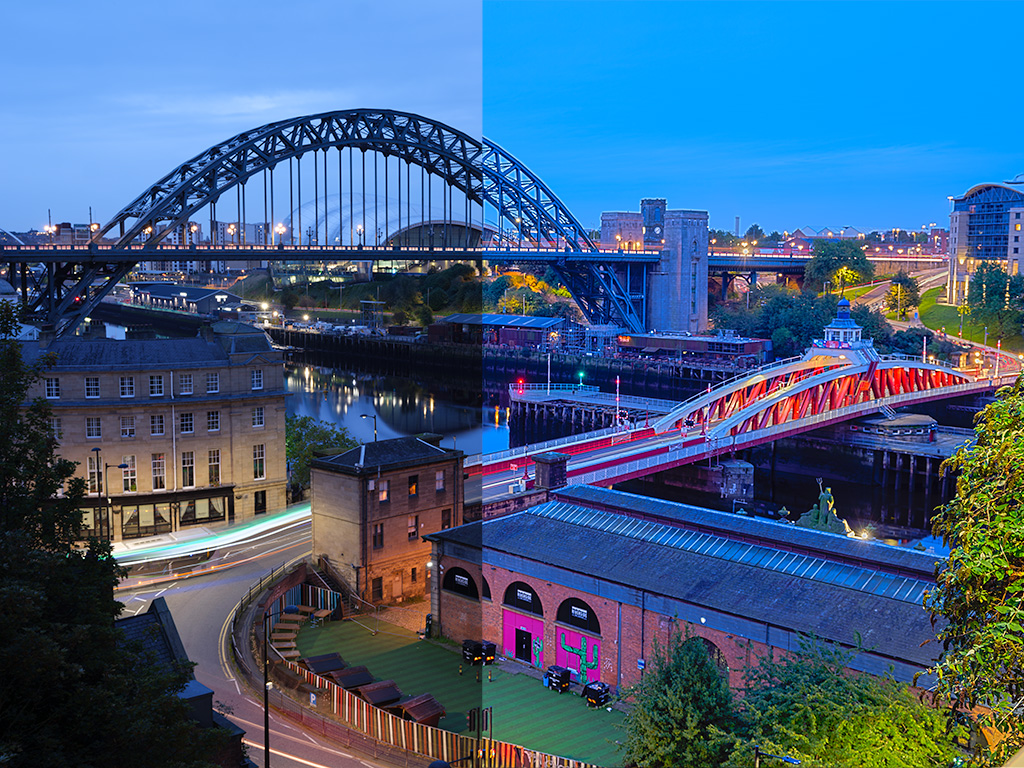
18 Comments
I find I choose photos exactly as you describe – just common sense to me as I have no training whatsoever. Your photos are exquisite. Thanks for sharing your tips. Brenda
Good insights.
Thanks for the tips and rational behind the photos you chose.
I would add that PhotoMechanic is also the best thing for mass captioning and editing IPTC data.
Yes! Selecting the right images is the most important part of the editing process
I go through a similar process, but I use 3 cycles of elimination to choose the best image(s). In adobe lightroom, I flag images that are round one candidates… these have acceptable exposure, composition, etc. For round 2, I “star” images that are better within that set. “better” is usually for reasons similar to the ones given in the article above. Finally, I add one of lightroom’s color markers to the each image that makes the final cut. These images will more than likely enter my clients’ gallery. They then enter my post-processing workflow (exposure correction, minor cropping, noise reduction/enhancement, etc.). After 5 years of doing this, I’ve found that my yield (final cut images) has gone from about 15% of what I shoot to almost 30%. In other words, I’m better at shooting keepers.
I guess the bottom line of this is that I use my software’s flagging and marking features to help me select my best images. Works for me:)
Interesting post. Thanks. I made my choices without reading your text and came up with the same selections. I don’t know if I’d be able to articulate why I made my choices, but agreed with the reasons you gave.
Wow, I was just talking with a fellow photographer about this regarding portfolio building. Thanks for the how-it-was-done description and guidelines. I’m learning how to critique my own images and this helps give me direction.
In the last series, you said you were looking for a natural expression of the shrimp fisherman and did NOT want a photo of him looking straight at the camera, but I wanted to be able to see his face. Is not the left image on the third row doing just that (which was my choice of photo in this exercise, prior to looking at your thoughts)?
Am I missing something or am I just losing it? Thanks ~rg
Hi Rich…Yeah thanks for pointing that out, you can see his face better as well in the selected image. It might be somewhat hard to tell from the small size of the photo, but his eyes are not looking at the camera in that image.
is that suppose to be a must in photography? i mean, shoot first then edit? what about photography without any editing?
Where does photography without editing even exist? As soon as light hits film or a light sensor, it’s already been “interpreted”
Great article . . . I selected all the same photos that you did – sometimes I know why I select them and then other times I don’t. I just use my intuition and choose the one that feels the best to me.
Hi,
Thanks for the informative article. Article is very useful and well explained. I was always confused about the photo selection. I think now I got fair idea. Looking forward for more such nice articles from you…
Now, this is an article I have been waiting for a long time. Thank you! Thank you! I usually take a few photos of the same image, especially people, just to make sure I catch them with eyes open. But then I end up with a couple of good images and the dilemma starts. I look and look and zoom in on details but was never fully convinced that is the way to go. That has been really helpful.
Thanks, Jacob! Nice to see you on Lightstalking. I shared your post on our Jim Cline Photo Tours Facebook page. Editing is so crucial and I think one of the hardest things for beginning photographers to do.
Thanks for the great article.
I use LR to rate my photos first (1-5 stars) quickly. I then look at my 4-5 stars and then flag my top photos. Then I compare my flagged photos to narrow down to the 1 or 2 photos for further editing and finalisation.
Incidentally, I agreed with most of your selections but thought the top left fisherman was the best. All other photos seem to isolate the boat in the background which then questions why have it there in the first place.
Each to their own 😉
I love photography but since I’m only a hobbyist, and unlike most of the commentors seem to suggest, I struggle with this task and find myself justifying keeping more photos than I should. I appreciate these tips and will keep practicing but when you are both the photographer and the client any additional suggestions to help purge similar photos would be appreciated as it can be hard to separate the two in practice. Thanks.
We use PhotoMechanic to cull first and then Lightroom to edit. Most of our students struggle with culling but once you’ve been doing this for many years you realize that you really do need to pick the very best and dump the rest. Files sizes keep getting larger and hard drive space becomes an issue after many, many years!